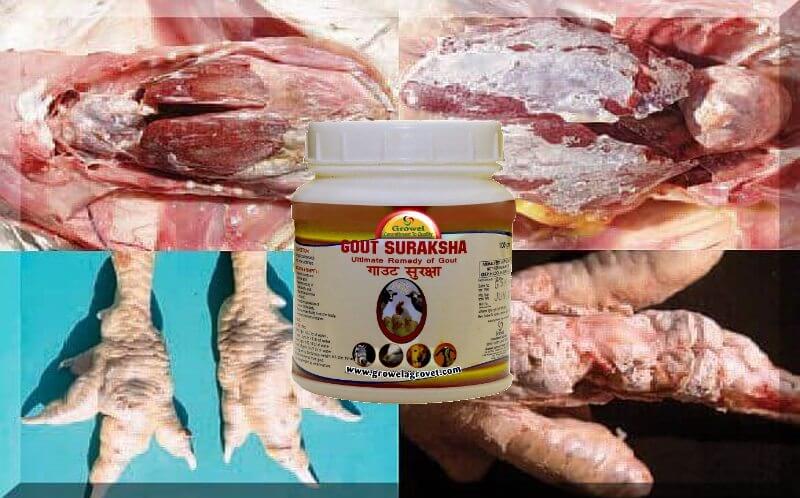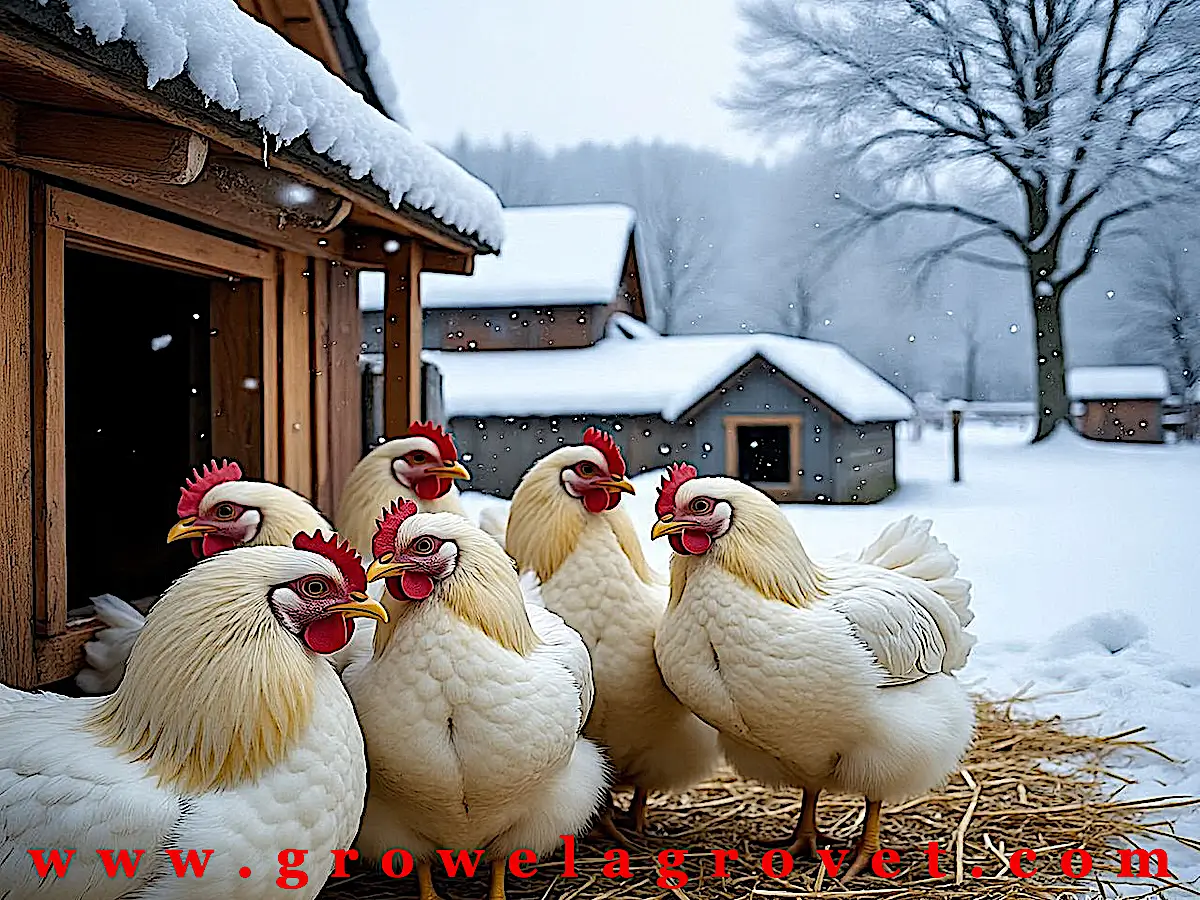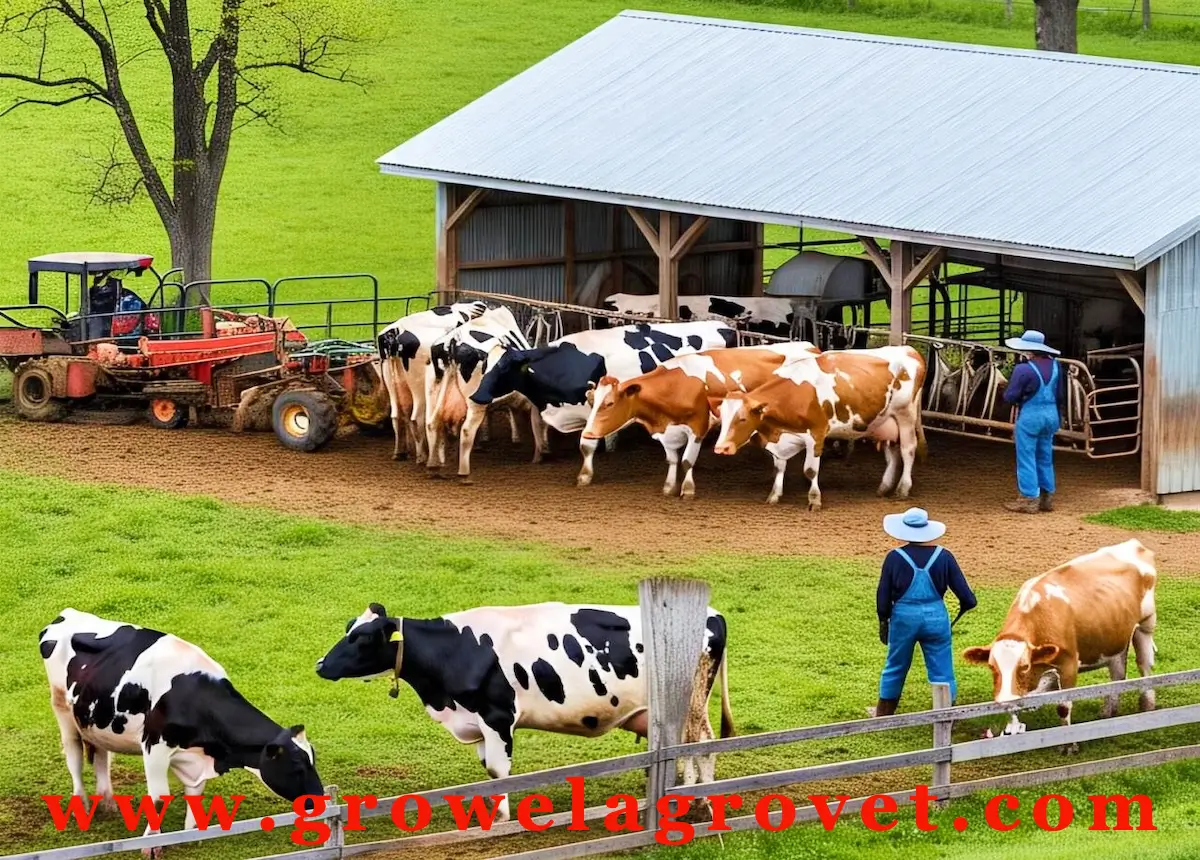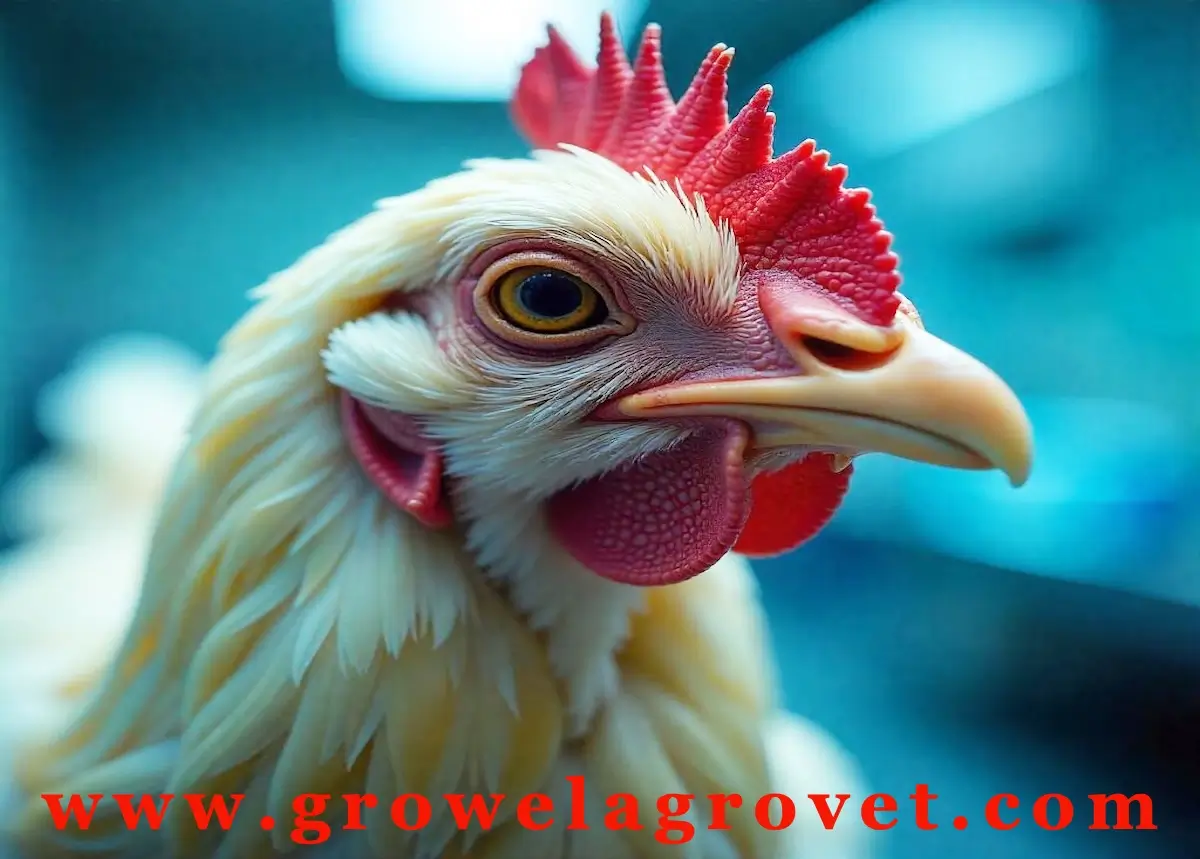 Gout in Poultry article is all about cause, treatment & prevention of gout in poultry. Let us discuss about Gout in Poultry .
Gout in Poultry article is all about cause, treatment & prevention of gout in poultry. Let us discuss about Gout in Poultry .
Excretion of metabolic waste products is important in poultry and this function is performed by the kidneys. The function of kidneys is affected by a number of specific diseases and disorders. One of the important disorders associated with kidney damage is Gout in Poultry. In birds uric acid is the end product of nitrogen metabolism. Uric acid is a nitrogenous waste from protein breakdown. In mammals, it is converted to less harmful substance with the help of the enzyme uricase. But in birds this enzyme is absent. Hence, uric acid is the final excretory product. Uric acid is produced mainly in the liver and is excreted by the kidneys. High blood levels of uric acid favour its precipitation in tissues. Uric acid is not toxic but precipitated crystals can cause mechanical damage to tissues like kidneys, heart, lungs, intestines and also in the joints. These crystals severely damage body tissues. So Gout is a condition in which kidney function decreases to a point where uric acid accumulates in the blood and body fluids. Avian gout is a metabolic condition where abnormal accumulation of white chalky uric acid or urates occurs in soft tissues of various organs of body. Gout is commonly observed in chicken as they are uricotelic and lack the enzyme uricase. In gout, blood levels of uric acid can be as high as 44mg/100ml as compared to 5-7mg/100ml in a normal bird.
There are two major forms of gout in poultry which are differentiated by the sites of uric acid deposition- visceral and articular gout. In both forms, deposits consist of needle shaped crystals called tophi. Articular gout is considered to be the chronic form of the disease and is less common. Lesions observed are urate deposition around joints, ligaments and tendon sheaths. There is a predilection for peripheral articulation. Clinical signs observed are shifting leg lameness with joints becoming warm, swollen and tender. It is a condition in chicken that has been recognized for more than 30 years. Visceral gout is considered to be the acute form of disease causing huge mortality characterized by the urate deposits on serosal surfaces, most often in the liver, kidney, pericardium, heart and air sacs. Visceral gout is more common in broilers as young as 2-3 days old. In layers, pullets above 14 weeks are more likely to be affected. whenever there is kidney damage, excretion of uric acid gets affected and uric acid starts accumulating in the blood and later in tissues.
Cause of Gout in Poultry :
The causes of gout are many as kidney damage occurs due to multietiological factors. These causes can be broadly categorized as:
Nutritional & Metabolic Causes ,Infectious Causes, other Causes of Gout in Poultry :
1.Excess dietary calcium with low available phosphorus results in precipitation of calcium-sodium-urate crystals. High levels of vitamin D3 can also increase calcium absorption from the gut which can favour formation and deposition of urate crystals.
2.Excessive use of sodium bicarbonate when used to combat heat stress to improve egg shell quality in layers. This alkalinity of urine favours kidney stone formation.
3.Prolonged vitamin A deficiency causes sloughing of tubular epithelium and subsequent blockade resulting in accumulation of urates in the kidney. However, incidence of gout due to vitamin A deficiency is least under field conditions.
4.Gout due to sodium intoxication is seen in younger birds when the sodium levels exceed 0.4% in water and 0.8% in feed. This generally happens when fish meal is used in the diet (even with normal salt content), since fish meal is rich in salt content. Total content of sodium chloride in feed should not exceed 0.3%.
5.Feed containing more than 30% of protein causes uric acid production which in turn creates an excretory load on kidneys. At the same time the presence of sulphates decreases calcium resorption causing excessive calcium secretion through urine. This condition favours gout.
6.Water deprivation leads to concentration of uric acid and other minerals in the blood and later in the kidneys. Water deprivation especially in the summer is dangerous. This can happen during transportation of birds or due to blockage of nipples, inadequate number of waterers, extra height of water lines, overcrowding, water withholding for long durations during vaccination etc.
7.Hard water with higher salt content is also a load on the kidneys.
Other Cause of Gout in Poultry :There are various chemicals and toxins are involved in kidney damage as;
1.Mycotoxins: Mycotoxins are the most common cause of kidney damage and among mycotoxins citrinin, ochratoxin and oosporin are important. The combination of ochratoxins with aflatoxin is found to be more dangerous. Because of kidney damage uric acid excretion is reduced resulting in accumulation of uric acid in the body.
2.Antibiotics:Certain antibiotics like gentamycin, sulphonamides and nitrofurosones are known to cause renal damage especially in young chicks. The drugs which get excreted through the kidneys have their own imbalancing effect on pH and renal metabolism.
3.Disinfectants:Disinfectants like phenol and cresol if used erroneously cause residual toxicity.
4.Chemicals: Chemicals like copper sulphate used in water results in water refusal, dehydration and gout.
Sign & Lesions of Gout in Poultry :
Gout is characterized by depression, dehydration and sometimes with greenish diarrhea. Affected chicks appear dull with ruffled feathers and moist vent. Mortality among young chicks is high. There is irregular and excessive enlargement of kidney lobules and cutting open the kidney reveals urate crystals chalky white deposition of urate crystals is seen all over the visceral organs like the heart, liver and kidney under the skin etc.
Severe Visceral Gout –Note the white chalky deposits around the heart (in the pericardium), on all major abdominal organs, including liver, gizzard and intestines, and even in the tissues of the thigh.
Treatment of Gout in Poultry :
Individual cases of gout may be ignored. In acute cases of gout mortality following prescription would be beneficial.
1.Provide plenty of water and adequate drinkers and in water must be added Aquacure.
2.Avoid a diet higher in protein than the recommended level as per the age and breed. Provide low protein diet for 3-5 days based on need depending on severity of gout.
3.Review IB vaccination programme. In the areas where IB is endemic it is advisable to vaccinate with nephrotropic strain at around 4 days. Day one beak dip vaccination has proved to be beneficial in broilers.
4.Use of urine acidifier.
5.Ensure adequate levels of A, D3, K and B complex vitamins.
6.Excessive use of sodium bicarbonate i.e. more than 2kg/ton should be avoided.
7.Use of electrolytes through water may assist in controlling mortality.
8. Must be given Gout Suraksha of Growel it is very much effective medicine.
Prevention of Gout in Poultry We Must Take Following Necessary Steps :
1 .Scientifically balanced feed in respect of Calcium-phosphorus ration depending on the type of ration.Required level of sodium, chloride and other ions.Vitamin A, D3 and other essential vitamins.
2 . Conventional sources of protein.
3 . Analyse the feed for mycotoxin content and if found positive change the feed or use suitable toxin binders.
4 . Judicious use of drugs such as antibiotics, sulpha drugs and anticoccidials to avoid kidney damage.
5 . Fresh potable water accessible to birds all the time.
You should also read Poultry Diseases Management.
If you are into poultry related business & want to earn maximum profit in your business then please join our Facebook group How To Do Profitable Poultry & Cattle Farming ?




